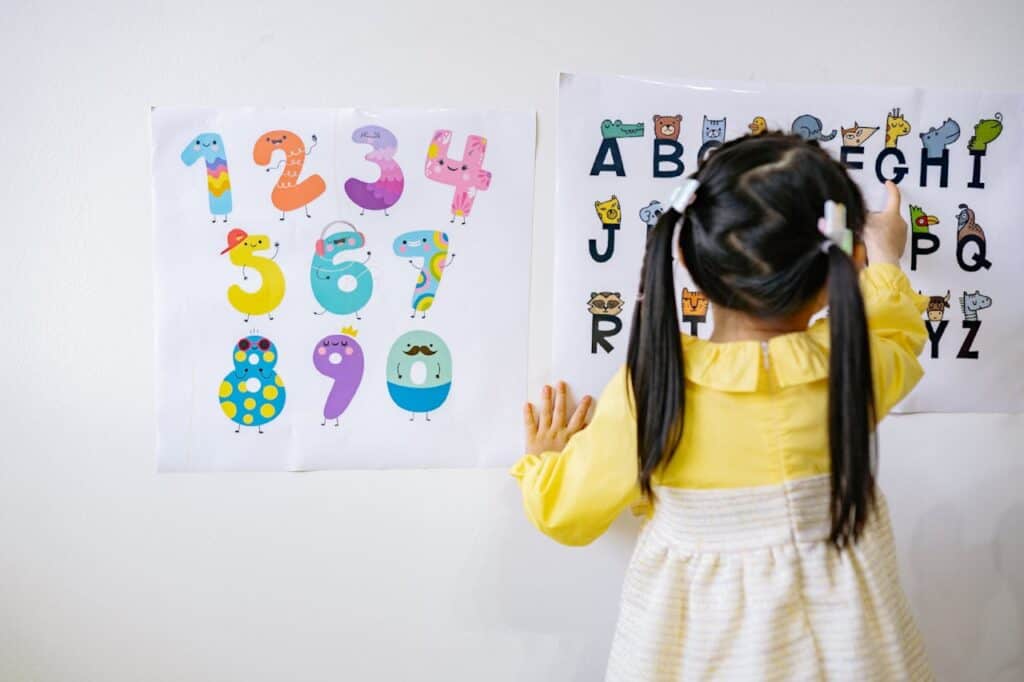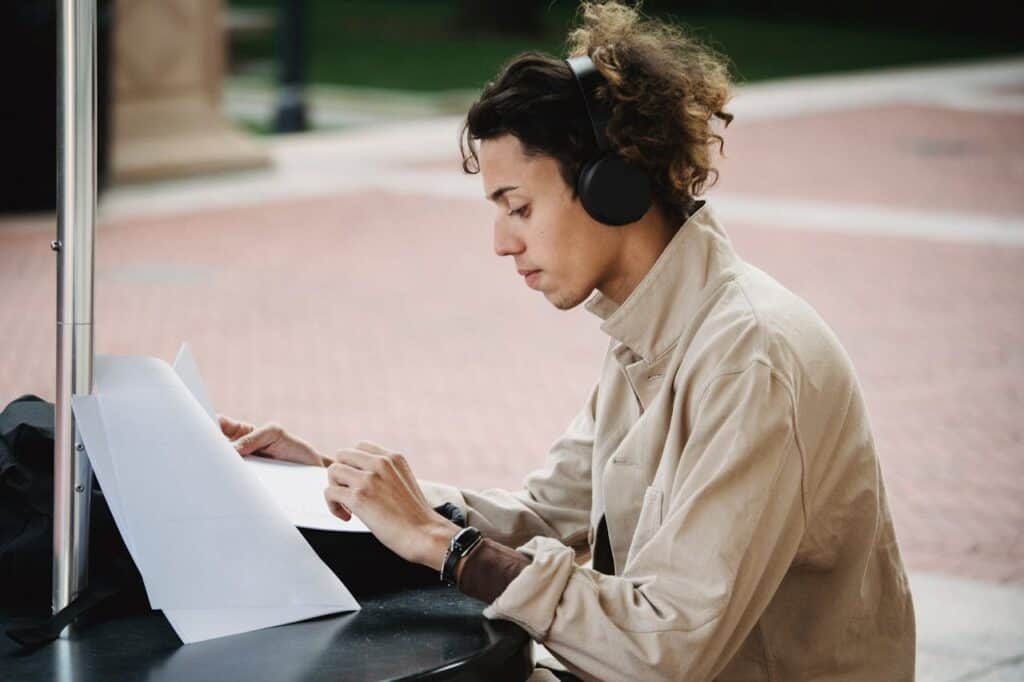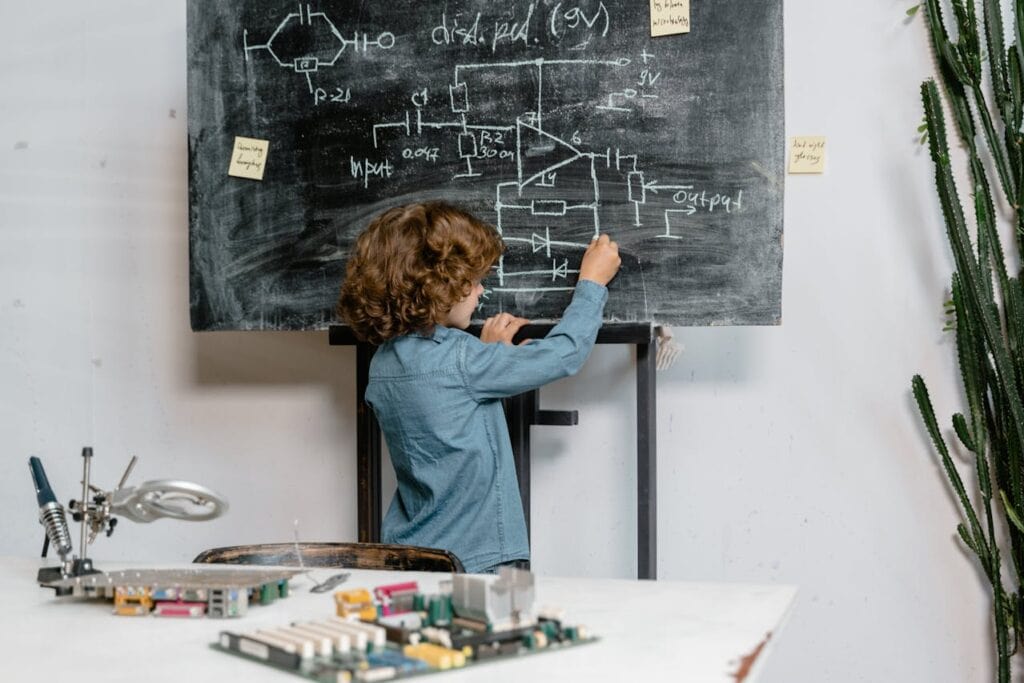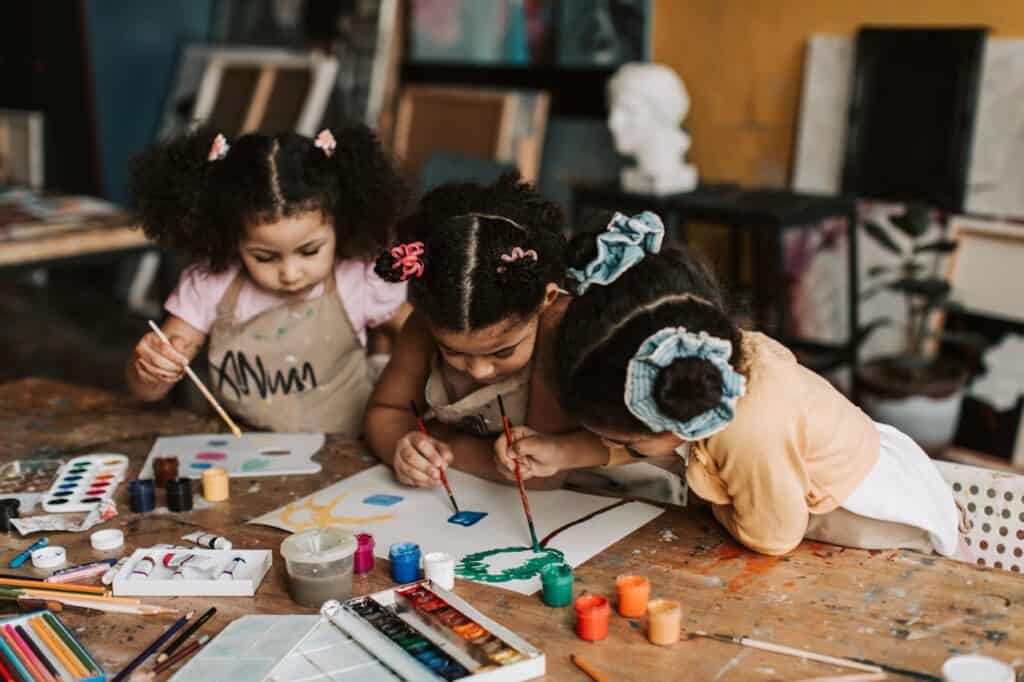Understanding Your Child’s Learning Style (And Why It Matters)
Every child processes information differently, yet traditional education often takes a one-size-fits-all approach that can leave many students struggling or disengaged. Understanding your child’s unique learning style can transform their educational experience, boost confidence, and unlock their full potential. Whether your child learns best through visual aids, hands-on activities, or auditory instruction, recognizing and adapting to their natural preferences can make the difference between academic frustration and genuine excitement about learning.
Visual Learners: Seeing is Understanding

Visual learners process information best through images, charts, diagrams, and written instructions. These children often excel with colorful textbooks, mind maps, flashcards, and visual organizers. They benefit from seeing information presented graphically and often remember faces better than names. Encourage drawing, highlighting, and color-coding to help them succeed.
Auditory Learners: Learning Through Sound

Auditory learners absorb information most effectively through listening and speaking. They excel in discussions, lectures, and verbal instructions, often thinking out loud to process information. These children benefit from reading aloud, educational podcasts, music, and verbal repetition. They typically remember spoken directions well and enjoy group discussions and collaborative learning.
Kinesthetic Learners: Learning Through Movement

Kinesthetic learners need physical activity and hands-on experiences to understand concepts fully. They learn best through experimentation, building, touching, and moving around while studying. These children often struggle with traditional desk-bound learning but thrive with educational games, science experiments, field trips, and opportunities to manipulate objects while learning.
Reading/Writing Learners: Words Are Key

Reading/writing learners excel through traditional text-based learning methods. They prefer written instructions, note-taking, journaling, and reading extensively about topics. These children often love lists, written assignments, and research projects. They process information by writing it down and benefit from quiet study environments with plenty of reading materials.
Social Learners: Thriving in Groups

Social learners flourish in collaborative environments where they can discuss ideas with others. They benefit from study groups, peer tutoring, classroom discussions, and team projects. These children often learn better when explaining concepts to others and enjoy brainstorming sessions. They typically prefer interactive learning environments over solitary study.
Solitary Learners: Independent Study Champions

Solitary learners work best independently and prefer self-directed study. They excel when given freedom to explore topics at their own pace without distractions from others. These children often prefer online learning, individual projects, and quiet study spaces. They typically have strong self-motivation and benefit from personalized learning plans.
Logical Learners: Pattern and System Seekers

Logical learners excel at understanding systems, patterns, and cause-and-effect relationships. They thrive with step-by-step instructions, mathematical concepts, scientific methods, and organized information. These children often enjoy puzzles, strategy games, and logical reasoning exercises. They benefit from clear structure and systematic approaches to learning.
Creative Learners: Imagination-Driven Understanding

Creative learners process information through imagination, storytelling, and artistic expression. They excel when lessons incorporate art, music, drama, or creative writing. These children often think outside the box and benefit from open-ended assignments, creative projects, and opportunities to express learning through various artistic mediums.
Multi-Modal Learners: Flexible Learning Approach

Many children combine multiple learning styles, adapting their approach based on the subject or situation. These learners benefit from varied teaching methods that incorporate visual, auditory, and kinesthetic elements. They typically enjoy diverse learning experiences and can switch between different learning strategies depending on what works best for specific content.





